My Journey Through Cisco’s Introduction to Cybersecurity: What I Learned & Why It Matters
Now days we all are moving very fast in technology but in this fast forward world we mostly forgot that how important it is to maintain our privacy and stay safe on internet. Have you ever wondered how we can stay safe online from hackers. You would be amazed to know that in every 39 sec a cyber-attack happens. So now you can guess that next might be you and even me. To make myself updated and be a little smarter to stay safe from cyber threats I enrolled in the Cisco Network Academy’s "Introduction to Cybersecurity" course to get a solid grip on the fundamentals—and it didn’t disappoint. So, in today blog I will share my learnings to make you guys updated too. Let’s get stated with cyber security basics. Cybersecurity Basics: Cybersecurity refers to the practice of protecting systems, networks, and data from digital attacks, unauthorized access, or damage. Now days we solely dependent on technologies so we must be responsible to keep it secure. Some common cyber threats are: Malware: Malicious software that can damage devices, steal information, or hijack systems. Phishing: Deceptive emails or messages that trick users into revealing sensitive information like passwords or credit card numbers. Ransomware: A form of malware that locks your data and demands payment (a ransom) to unlock it. If you are still thinking that cyber security is just an term and it never happened with me so, why should I worry then let me introduce you guys with some real examples are The WannaCry Ransomware Attack (2017), Yahoo Data Breach (2013–14), Recent phishing scams on social media and emails that trick users into sharing login credentials or installing spyware. And these are the only few examples internet is full of these kinds of news. Types of cyber criminals: Whenever we think about any cyber-attack, we imagine a person with black hoodie a mask on face and sitting in a dark room but that’s not totally true not all cyber criminals wear hoodies and type in dark rooms—some are part of large organizations, political groups, or even governments. Let’s see who are they? Hacktivists: These are individuals or groups who hack to promote a political or social cause. They often deface websites or leak data to draw attention to their agenda. Cyberterrorists: These actors aim to cause widespread fear or disruption, often targeting critical infrastructure like power grids, hospitals, or transport systems. Insiders: Sometimes the threat comes from within. Disgruntled employees or contractors with access to internal systems may misuse their privileges to leak data or sabotage operations. Nation-State Actors: These are government-backed hackers who engage in espionage, data theft, or infrastructure attacks for political or strategic gain. Examples include attacks on election systems, defense databases, and rival governments. Common Cyber Attack Techniques: Cyber attackers use many tactics to break into systems or fool users. Here are some of the most common ones you should know: Social Engineering: This involves manipulating people into giving away confidential info—like clicking fake links, sharing OTPs, or revealing passwords. Think of it as hacking humans instead of computers. SQL Injection: A technique where attackers exploit vulnerabilities in web forms to access or manipulate databases. It can expose sensitive data like usernames and passwords. DoS/DDoS Attacks: Denial-of-Service (DoS) and Distributed Denial-of-Service (DDoS) attacks flood a website or server with massive traffic to make it crash and become inaccessible. Man-in-the-Middle (MITM): In this attack, hackers secretly intercept and possibly alter communication between two parties—like when you're using public Wi-Fi without proper encryption. How to Protect Yourself Online: Staying safe in the digital world doesn’t require being a tech genius—it just needs smart habits. Here are a few key techniques: Strong Passwords: Use long, complex passwords with a mix of letters, numbers, and symbols. Avoid using the same password everywhere. Multi-Factor Authentication (MFA): Adds an extra layer of protection by asking for a second form of verification—like an OTP or fingerprint. Firewalls: These act as digital gatekeepers that block unauthorized access to your device or network. Encryption: It scrambles data so that even if intercepted, it can’t be read without the decryption key. Cybersecurity Careers: Where Passion Meets Purpose: If you’re curious, analytical, and love solving puzzles, cybersecurity could be the perfect path for you. It’s a fast-growing field with a huge demand for skilled professionals across industries. Popular Career Roles SOC Analyst (Security Operations Center): Monitors systems for suspicious activity and responds to security incidents in real time. Penetration Tester (Ethical Hacker): Legally hacks into systems to find vulnerabilities before real attackers do. Security Architect: Designs and builds se
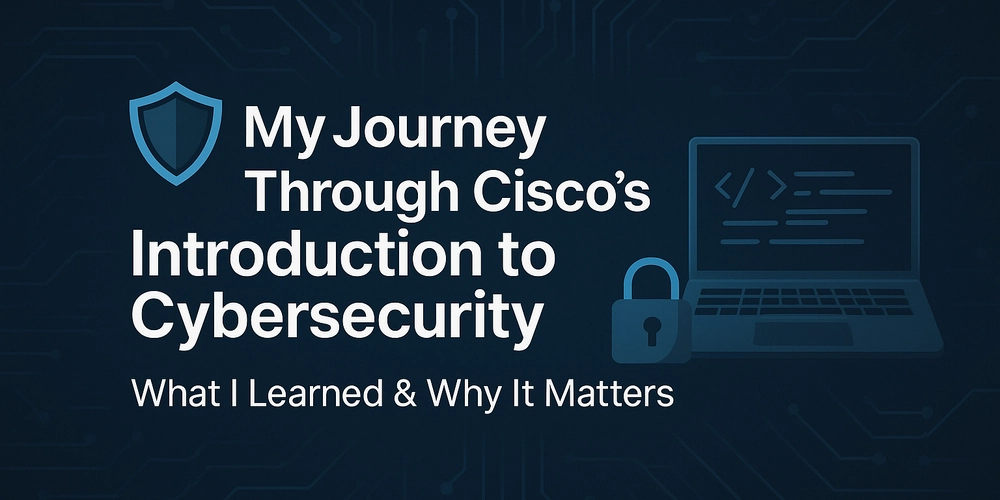
Now days we all are moving very fast in technology but in this fast forward world we mostly forgot that how important it is to maintain our privacy and stay safe on internet. Have you ever wondered how we can stay safe online from hackers. You would be amazed to know that in every 39 sec a cyber-attack happens. So now you can guess that next might be you and even me. To make myself updated and be a little smarter to stay safe from cyber threats I enrolled in the Cisco Network Academy’s "Introduction to Cybersecurity" course to get a solid grip on the fundamentals—and it didn’t disappoint. So, in today blog I will share my learnings to make you guys updated too. Let’s get stated with cyber security basics.
Cybersecurity Basics:
Cybersecurity refers to the practice of protecting systems, networks, and data from digital attacks, unauthorized access, or damage. Now days we solely dependent on technologies so we must be responsible to keep it secure. Some common cyber threats are:
Malware: Malicious software that can damage devices, steal information, or hijack systems.
Phishing: Deceptive emails or messages that trick users into revealing sensitive information like passwords or credit card numbers.
Ransomware: A form of malware that locks your data and demands payment (a ransom) to unlock it.
If you are still thinking that cyber security is just an term and it never happened with me so, why should I worry then let me introduce you guys with some real examples are The WannaCry Ransomware Attack (2017), Yahoo Data Breach (2013–14), Recent phishing scams on social media and emails that trick users into sharing login credentials or installing spyware. And these are the only few examples internet is full of these kinds of news.
Types of cyber criminals:
Whenever we think about any cyber-attack, we imagine a person with black hoodie a mask on face and sitting in a dark room but that’s not totally true not all cyber criminals wear hoodies and type in dark rooms—some are part of large organizations, political groups, or even governments. Let’s see who are they?
Hacktivists: These are individuals or groups who hack to promote a political or social cause. They often deface websites or leak data to draw attention to their agenda.
Cyberterrorists: These actors aim to cause widespread fear or disruption, often targeting critical infrastructure like power grids, hospitals, or transport systems.
Insiders: Sometimes the threat comes from within. Disgruntled employees or contractors with access to internal systems may misuse their privileges to leak data or sabotage operations.
Nation-State Actors: These are government-backed hackers who engage in espionage, data theft, or infrastructure attacks for political or strategic gain. Examples include attacks on election systems, defense databases, and rival governments.
Common Cyber Attack Techniques:
Cyber attackers use many tactics to break into systems or fool users. Here are some of the most common ones you should know:
Social Engineering: This involves manipulating people into giving away confidential info—like clicking fake links, sharing OTPs, or revealing passwords. Think of it as hacking humans instead of computers.
SQL Injection: A technique where attackers exploit vulnerabilities in web forms to access or manipulate databases. It can expose sensitive data like usernames and passwords.
DoS/DDoS Attacks: Denial-of-Service (DoS) and Distributed Denial-of-Service (DDoS) attacks flood a website or server with massive traffic to make it crash and become inaccessible.
Man-in-the-Middle (MITM): In this attack, hackers secretly intercept and possibly alter communication between two parties—like when you're using public Wi-Fi without proper encryption.
How to Protect Yourself Online:
Staying safe in the digital world doesn’t require being a tech genius—it just needs smart habits. Here are a few key techniques:
Strong Passwords: Use long, complex passwords with a mix of letters, numbers, and symbols. Avoid using the same password everywhere.
Multi-Factor Authentication (MFA): Adds an extra layer of protection by asking for a second form of verification—like an OTP or fingerprint.
Firewalls: These act as digital gatekeepers that block unauthorized access to your device or network.
Encryption: It scrambles data so that even if intercepted, it can’t be read without the decryption key.
Cybersecurity Careers: Where Passion Meets Purpose:
If you’re curious, analytical, and love solving puzzles, cybersecurity could be the perfect path for you. It’s a fast-growing field with a huge demand for skilled professionals across industries.
Popular Career Roles
SOC Analyst (Security Operations Center): Monitors systems for suspicious activity and responds to security incidents in real time.
Penetration Tester (Ethical Hacker): Legally hacks into systems to find vulnerabilities before real attackers do.
Security Architect: Designs and builds secure systems and networks from the ground up to protect organizations against threats.
Skills You’ll Need
Strong foundation in networking, operating systems, and cyber-attack methodologies
Knowledge of scripting or programming (Python, Bash, etc.)
Hands-on practice with tools like Wireshark, Metasploit, Kali Linux
Analytical thinking, attention to detail, and problem-solving mindset
Certifications to Kickstart Your Journey
CompTIA Security+ – Best for beginners to build fundamental knowledge
CEH (Certified Ethical Hacker) – Focuses on hacking techniques and tools
Cisco CyberOps Associate – Great if you're leaning toward SOC roles
(ISC)² SSCP or CISSP – For more advanced or managerial roles
Conclusion:
Completing Cisco’s Introduction to Cybersecurity course opened my eyes to the hidden world of cyber defense—and the endless opportunities it holds. If you’re even slightly curious about this field, I highly recommend diving in. Who knows? Your journey into cybersecurity might just begin with one simple step—just like mine did.





















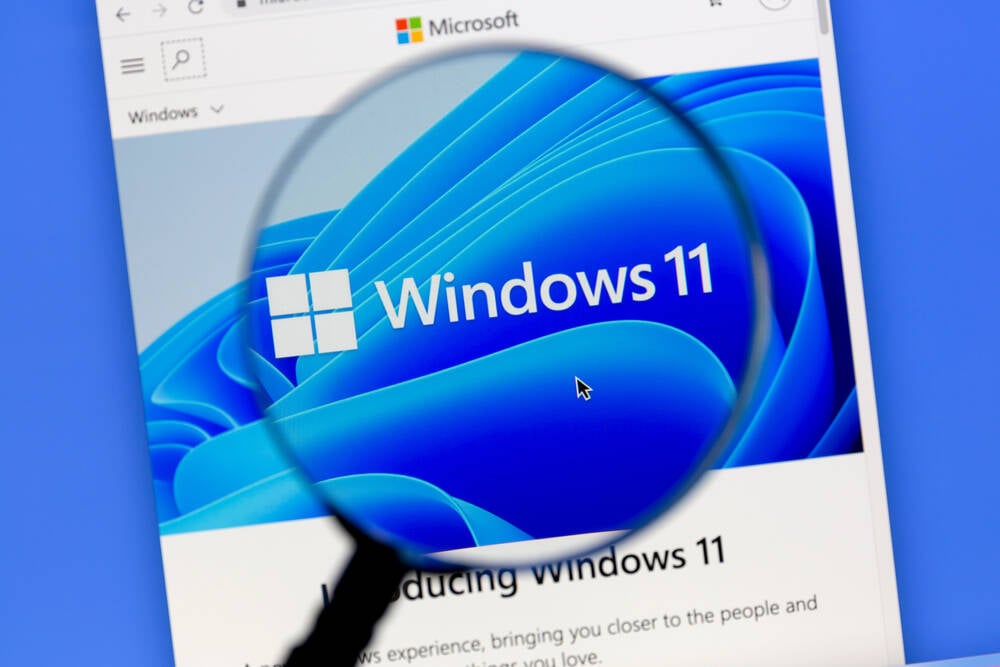



























%20Abstract%20Background%20102024%20SOURCE%20Amazon.jpg)




























































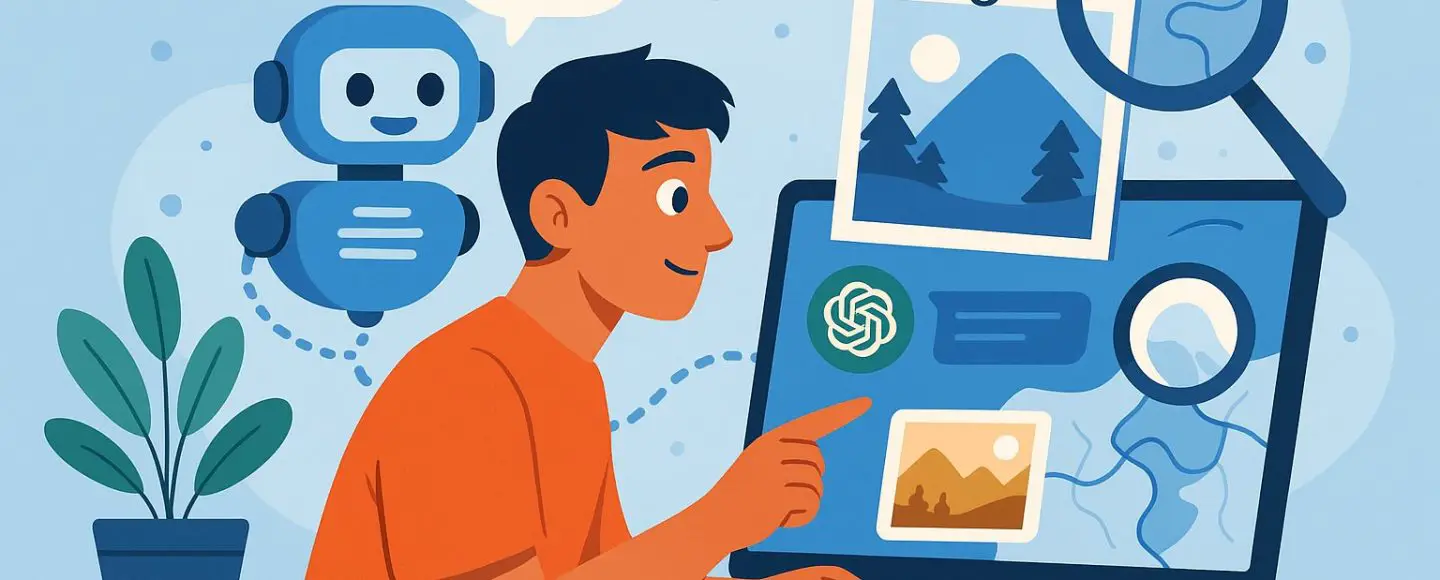
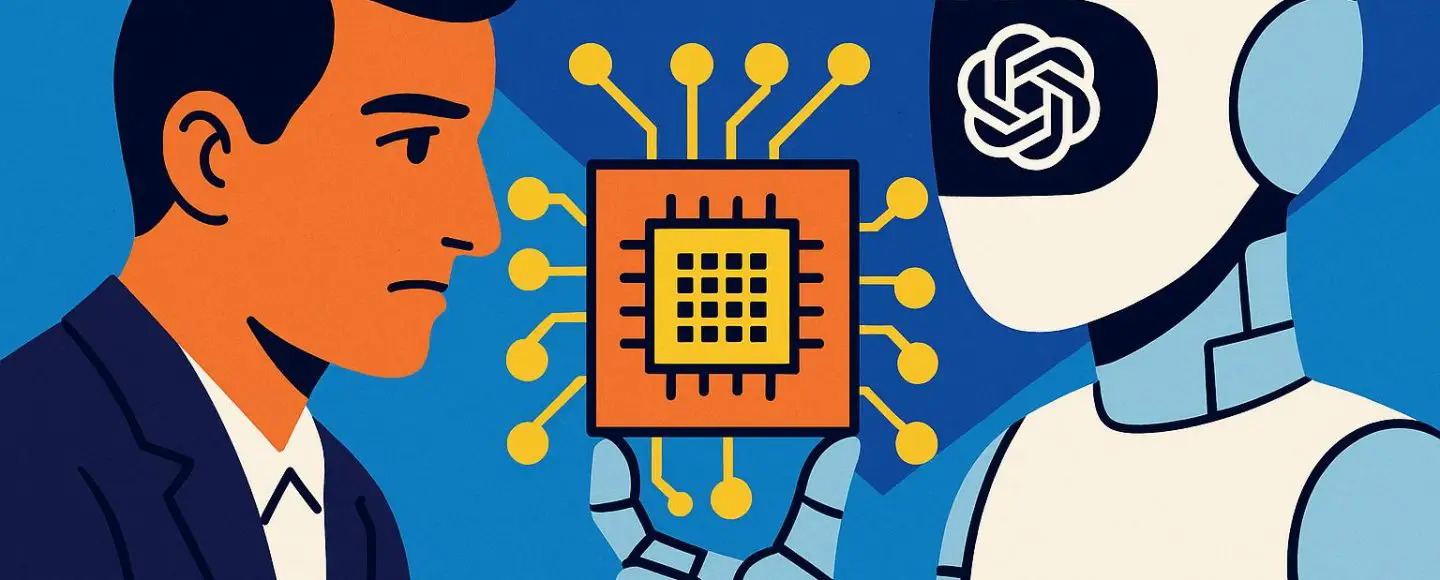





















































![[The AI Show Episode 146]: Rise of “AI-First” Companies, AI Job Disruption, GPT-4o Update Gets Rolled Back, How Big Consulting Firms Use AI, and Meta AI App](https://www.marketingaiinstitute.com/hubfs/ep%20146%20cover.png)











































































































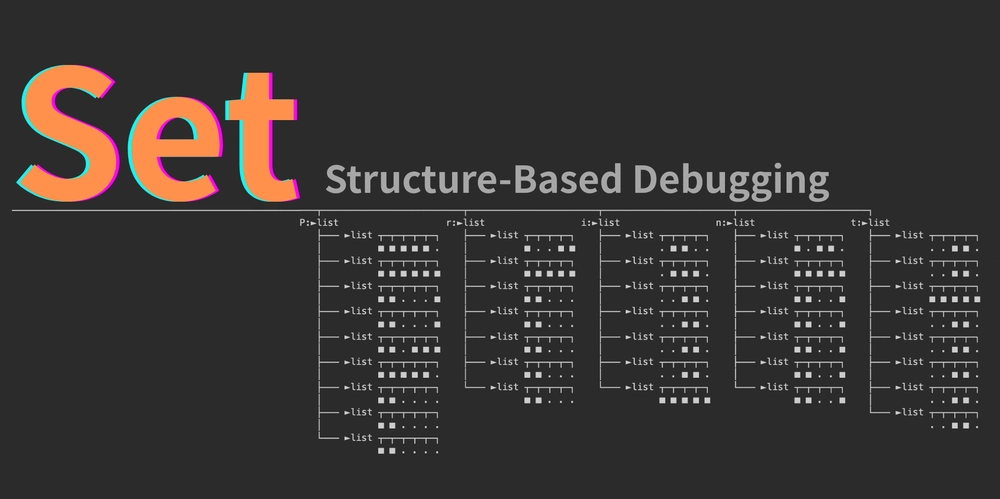































































.jpg?#)




























































































_Wavebreakmedia_Ltd_IFE-240611_Alamy.jpg?width=1280&auto=webp&quality=80&disable=upscale#)

_Alexey_Kotelnikov_Alamy.jpg?width=1280&auto=webp&quality=80&disable=upscale#)
_Brian_Jackson_Alamy.jpg?width=1280&auto=webp&quality=80&disable=upscale#)












































































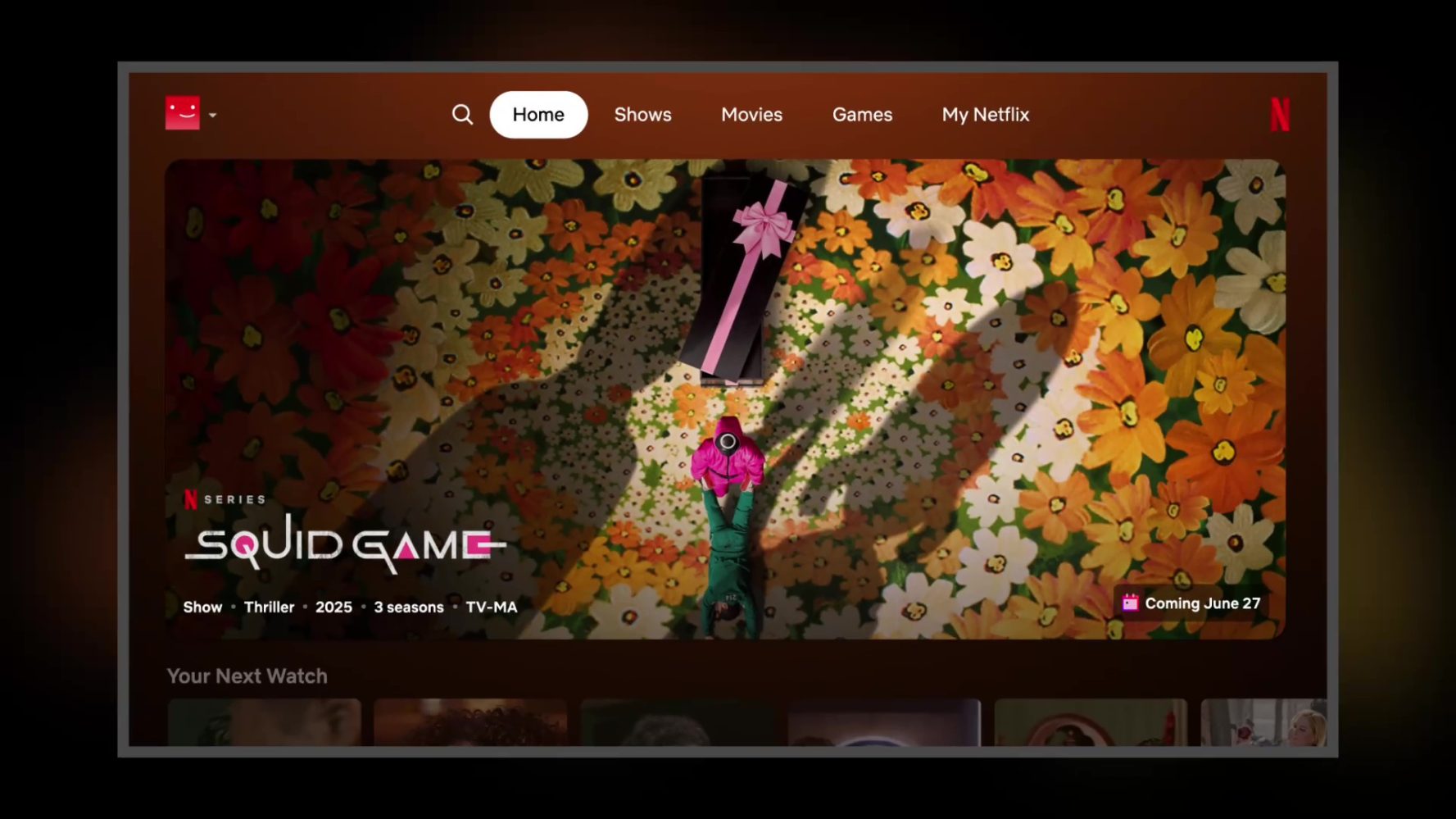
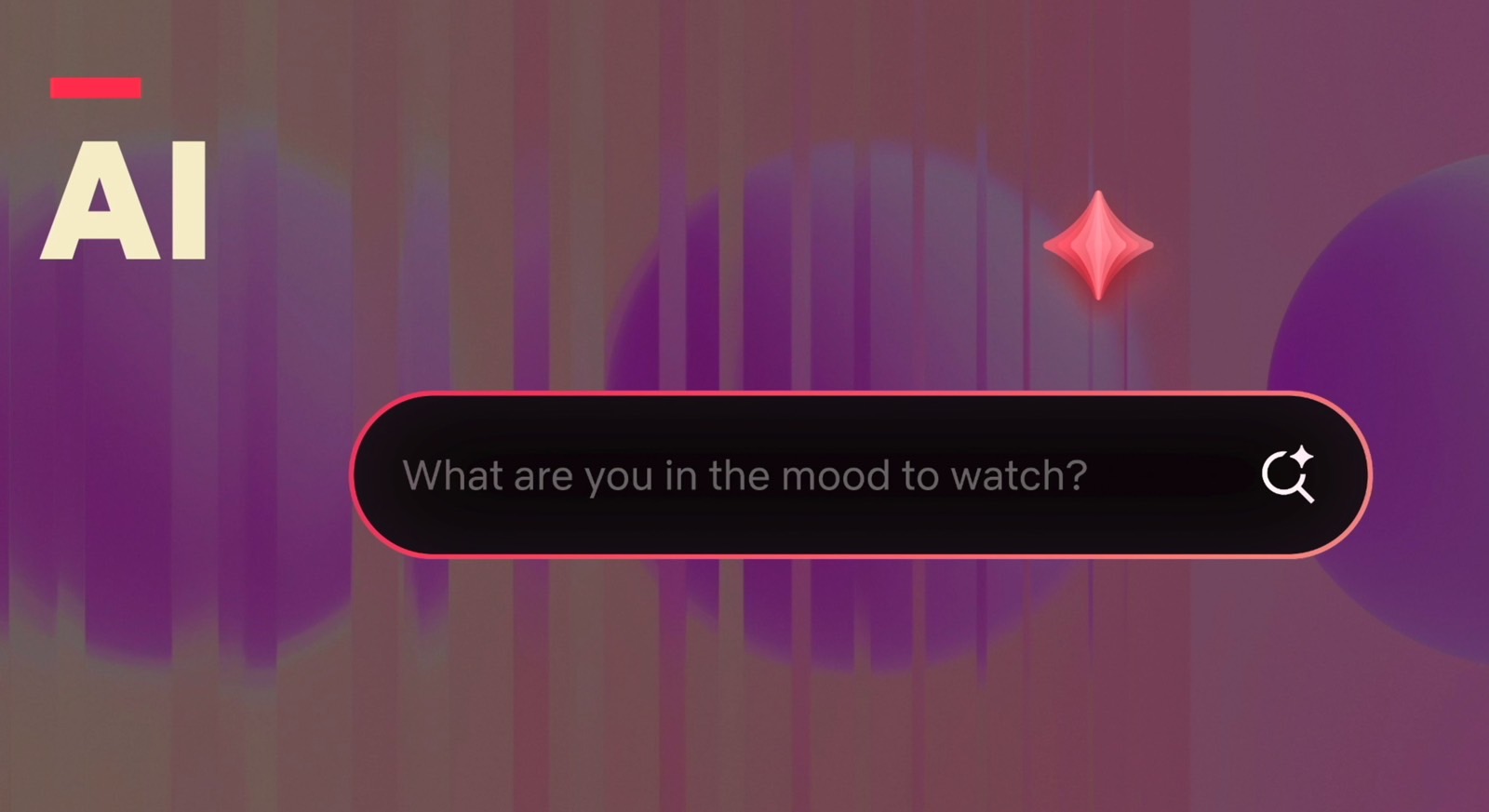


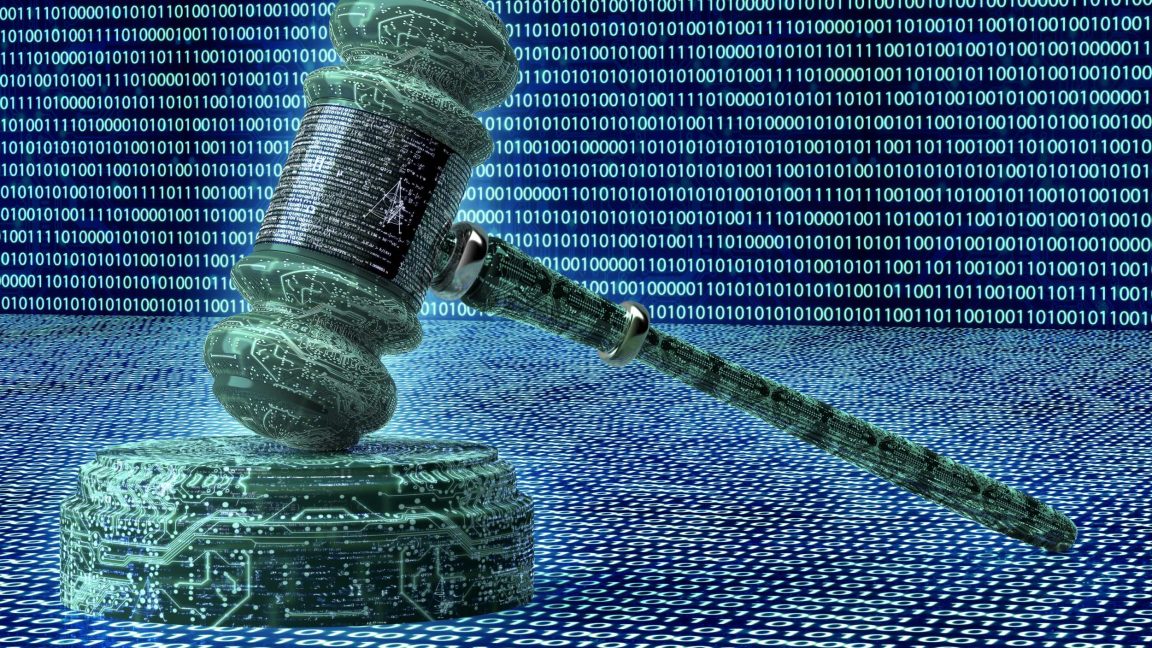








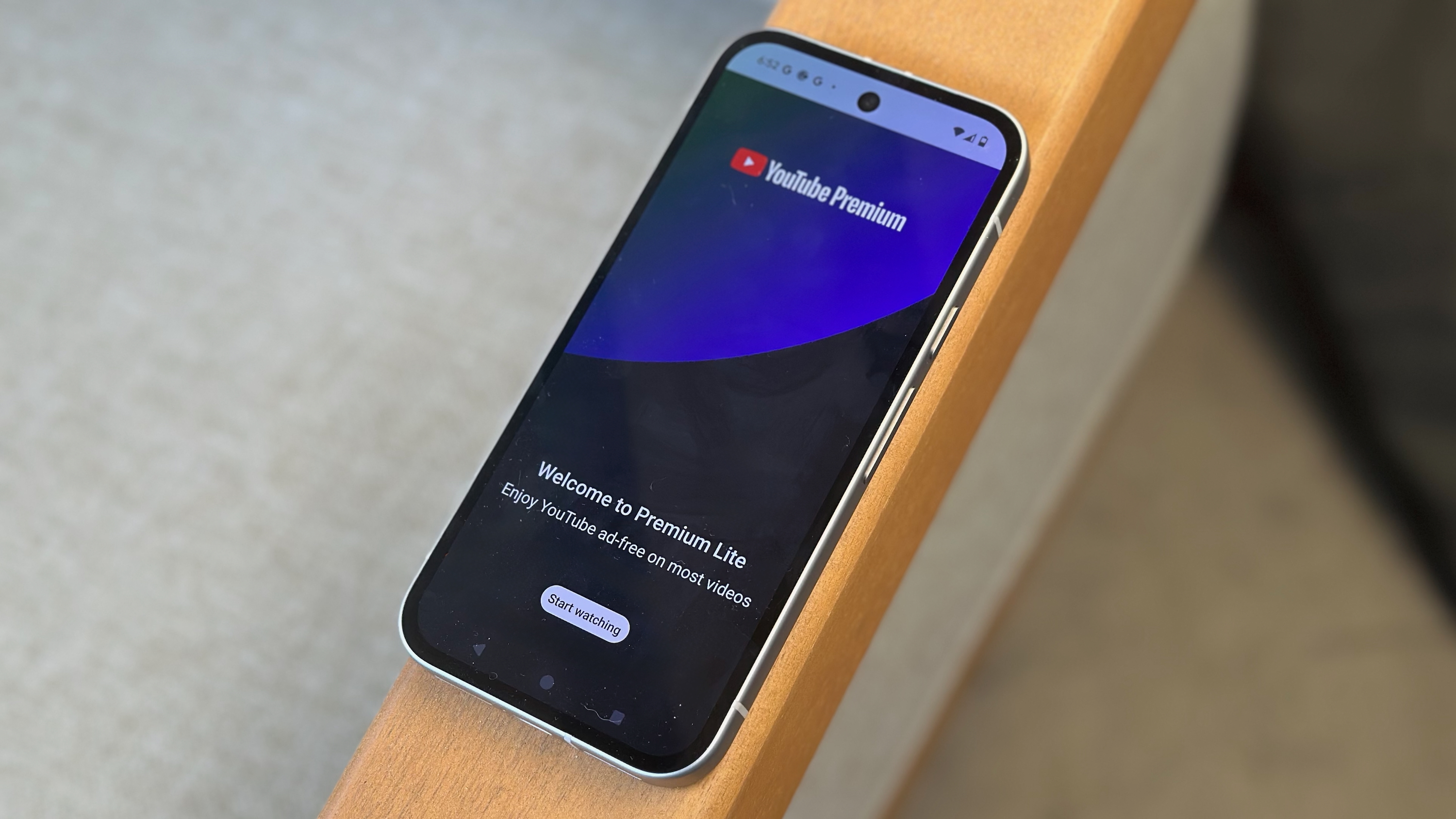























![Netflix Unveils Redesigned TV Interface With Smarter Recommendations [Video]](https://www.iclarified.com/images/news/97249/97249/97249-640.jpg)


![Apple Seeds visionOS 2.5 RC to Developers [Download]](https://www.iclarified.com/images/news/97240/97240/97240-640.jpg)
































































































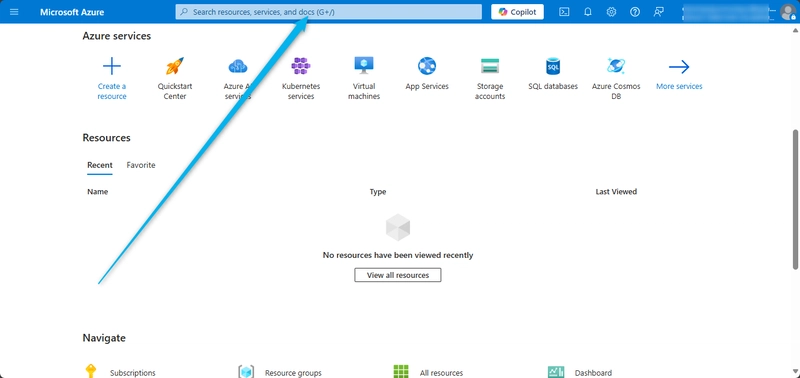
![[gsap/component] Full Screen Image Zoom on Hover](https://media2.dev.to/dynamic/image/width%3D1000,height%3D500,fit%3Dcover,gravity%3Dauto,format%3Dauto/https:%2F%2Fdev-to-uploads.s3.amazonaws.com%2Fuploads%2Farticles%2Fwmee25v2petiw3a5ck4z.png)
